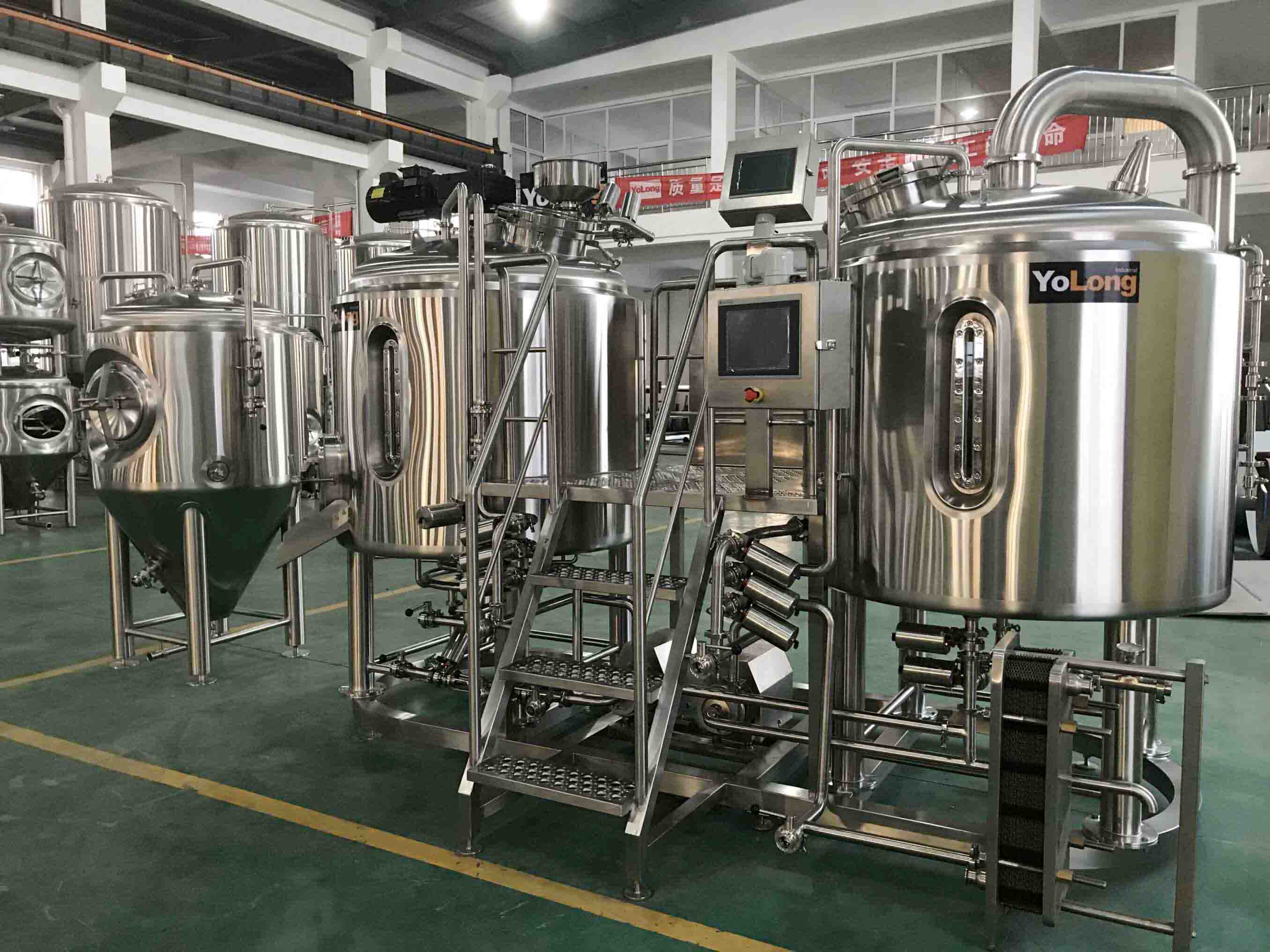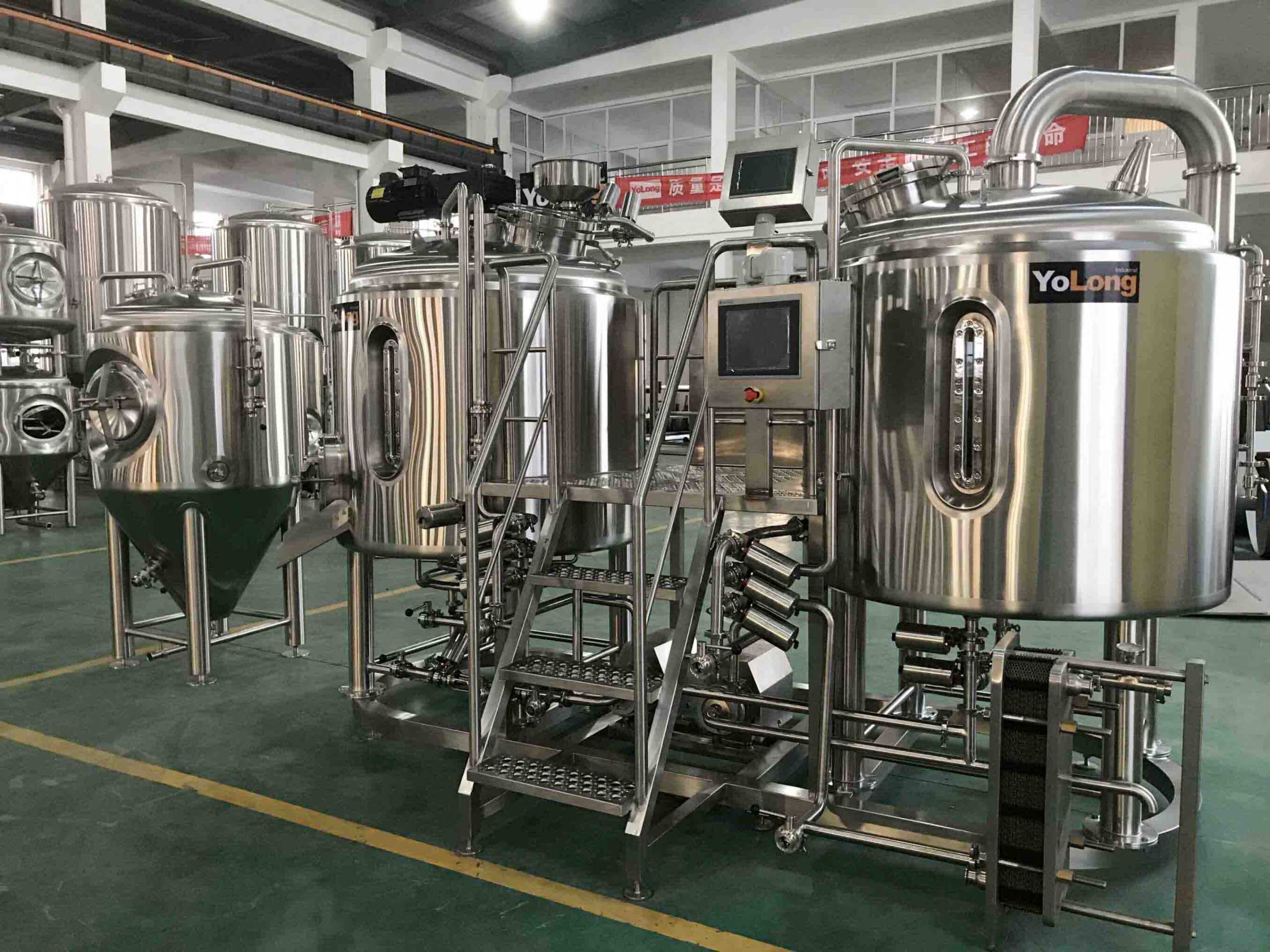The Basic Brewing Steps, Principles and Equipment Selection of Home Brewed Beer
Alcohol has in general, been an integral part of society for a very long time.
Ever since the intoxicating effect of the substance was discovered, it has been a mainstay of human life across the world.
Today, alcohol is a massive global industry, spanning just about every single corner of the planet.
Also, this is an industry that continues to grow, with the rise of affluence in society, as well as the changes in lifestyles.
Interestingly enough, with the growth in this industry, there has been a
Given below are some of the most important basic brewing steps, principles and equipment selection details of home brewed beer.

- Basic Brewing Steps & Principles
There are several things to be considered, when it comes to basic brewing steps and principles. Some of the most important ones are given in the list below.
- Getting the Right Ingredients
The most important aspect of brewing would begin with the ingredients themselves.
Beer can be made from a variety of ingredients, depending on the needs of the brewer. It is therefore important that the needs are determined first. Once this is done, the rest of the process will get easy.
- Get the Necessary Equipment for Making Your Beer
There is a host of different equipment required for making your beer.
These range from kettles and sanitizers to the fermenters, sanitizers, auto-siphon and a stir spoon. Additionally, you can have a recipe kit to help you along the way.
Alternatively, you could go for one of the many beer making kits available, which gives you everything that you need in a single package. This can help you deal with a lot of hassle.
- Maintain a Clean & Sterile Environment
As with anything that is related to food and beverages, ensure that you have a clean environment to work in.
From the counters where you prepare the ingredients, to the equipment that is used, ensure that you take good care of everything in terms of cleanliness and sterility.
This can be achieved using a host of different materials and methods, such as hot water, bleach, vinegar, etc.
- The Actual Brewing Process
This is where all the fun begins. To start off, heat water in a kettle or a suitable container, along with the grain and steep it for about 20 minutes.
Once everything has been boiled up, empty the water content with the help of a grain bag. It is important that the grain bag isn’t squeezed, as it tends to release the tannins, thereby giving the finished product an undesirable flavor.
As you bring the container to a boil, remove the heat and start adding the malt extracts. Ensure that you don’t boil it too much, and add the hops at various intervals as necessary for the beer. This will give you what brewers call a ‘wort’.
Allow the wort to cool down by chilling, running under cold water. Alternatively, you can just place it in a cool place and allow for the temperature to steadily drop. One way of accelerating the process is to use what is called a ‘wort chiller’, which is essentially an equipment that is placed inside the wort to speed up the cooling process.
- The Fermentation Process
Once the above step is completed, your next task is to ferment it all.
Place the contents of the container into a fermenter, and allow for nature to take its course. Add the necessary yeast to the mixture, stir the container to increase oxygen stability, and place the container in a cool place. Also to be added here is that the fermentation tank will have to be sealed and made airtight, in order for the fermentation process to go right; the process requires an environment that is oxygen-deprived, which is what a sealed tank essentially provides.
Do note that the water content of the fermentation tank will have to be roughly twice the amount of water used in the kettle.
- The Filtration & Bottling
Allow the contents to ferment over an extended period of time, whether it is a week, month or anything else.
Once the desired fermentation period has passed, remove the contents and begin the filtration process, using the right equipment.
The finished product will be your beer, and ready for consumption. You can either consume it immediately, or have the same bottled up for a later period.
The previous section explained details about the general brewing process involved in homemade beer.
The next section will explain about the equipment selection process involved.
- Equipment Selection Details
Coming to the subject of equipment selection process, there are a multitude of things to be taken into account as well. Some of the main points are listed out below.
- Size of the Equipment
This is by far one of the most important things to consider, when selecting beer equipment.
Unlike standard factories, there is a limited amount of space available for storing the equipment. It is therefore necessary that the equipment be small enough to be stored at home, in a way that allows it to be operable in a convenient manner.
So find the kind of equipment that allows for a good size, without compromising on the production quality.
- Capacity of the Equipment
The next thing to be taken into consideration is the capacity of the equipment.
There is really no need to brew industrial quantities of beer, unless you happen to be hosting a big party sometime soon. On the contrary, the real production capacity that you really need is usually a small batch, fit for a dozen or so people at most.
So find a machine that caters to this demand and go for it. There is really no need to buy a machine that produces industrial quantities of beer.
- Financial Feasibility of the Equipment
Another important factor that should be taken into account is its financial feasibility.
Unless something is light on your wallet, avoid going for it. No beer equipment is worth spending a fortune for. And even if it delivered top quality beer, there is usually a competitor offering something equally good or maybe even better.
- Running Costs of the Equipment
To buy the equipment is one thing. But the running costs are another.
Find one that doesn’t come with too much running cost. It is something that has to be taken into consideration, as you will be using it for a very long time.
These include costs such as electricity consumption, water consumption, raw material consumption, output rates and so on.
Simply put, the cost of running the machine should be affordable and sustainable in the long run.
- Customizability of the Equipment
This is not really a requirement.
But at the same time, it is a bonus feature if you have it.
Should you buy any equipment, see if you have the option to customize it in any way. The ability to customize gives you the ability to create a system uniquely suited to your requirements.
Services for Equipment Aftercare
Another thing that is to be taken into consideration is the services for the equipment aftercare.
Find a supplier who has a base in the country you are in, so as to ensure continued support, should the equipment break down or malfunction.
There is no point in importing the most advance equipment in the world, if there isn’t sufficient aftercare service to take care of any potential problems.
In all, do note that the information presented here is a introductory guide on going about with the beer brewing process.
There are indeed other things involved here as well, especially when it comes to the more specialized beers and personal tastes. Feel free to do your own research, in this regard.
Share this entry
Interested in learning more about Brewing Systems including additional details and pricing information? Please use the form below to contact us!
YOLONG BREWERY EQUIPMENT FAQS
- Commercial Brewery / Craft Brewery / Microbrewery / Nanobrewery
- What is The Difference Between Craft Beer and Industrial Beer?
- The Bespoke Differences In Custom Brewing Systems
- Everything You Need to Know About Kettle Souring
- How to Choose Brewing Equipment for Your business?
- How To Choose The-Best Partner To Build Your Commercial Microbrewing System?
- Two Detection Sensors That You Need To Use In Your Brewhouse System
- Remote Control Applications in Brewing Equipment/How does it work?
- How To Clean Your Brand New Brewery Tanks?

